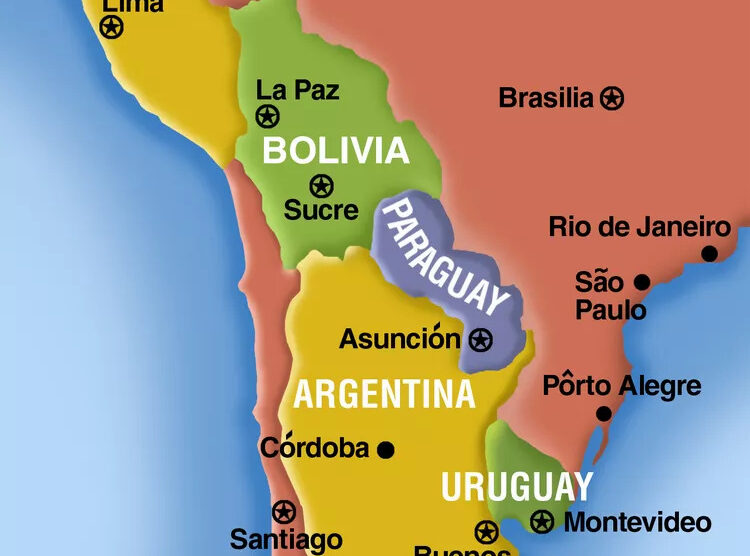What happened
Now that the November WASDE report is behind us, focus will turn to the southern hemisphere, as weather and crop conditions become more critical in the days and weeks ahead. Recent dry weather in the northern regions of Brazil and wet conditions in the southern states indicate the crop is off to a less-than-ideal start. However, during the month of October, weather conditions in South America should be viewed with skepticism, as it is too early to suggest yield changes. As the calendar rolls into November and especially December, crop and weather conditions become more critical.
Despite private forecasters lowering yield projections for both corn and soybeans in Brazil due to adverse weather, USDA and CONAB (the Brazilian equivalent of USDA) kept their production outlooks unchanged from the previous month. Current projections from USDA are for Brazil to produce 163 million metric tons (mmt) of soybeans and 129 mmt of corn. In essence, early in the growing season, government agencies are reluctant to suggest much change. Timely weather, better farming practices, and improved genetics helped to increase yield prospects for U.S. crops after reductions in mid to late summer were forecast due to adverse weather. The November corn yield estimate increased from 173 bushels per acre (bpa) to 174.9; soybean yield added 0.3 bpa to 49.9. The point is that lowering production estimates during the growing season too much can make for upward revisions later. Agencies may work their way toward lower production estimates as necessary, though it will likely be a slow process.
Why this is important
As weather impacts both Argentina and Brazil, changes in expected production will be reflected in price. Though official production estimates have not changed, January soybean futures have rallied from near $12.70 in October to $13.86 as of Nov. 14, likely reflecting adverse weather concerns in Brazil. Export sales have recently picked up as well. This is a potential signal that importing countries are more aggressive as production concerns increase.
From a marketing perspective, it is important to sell price rallies — or at least defend them. If South American weather turns for the better, prices could quickly slide.
What can you do?
If you want to hold beans in storage, consider buying a put option to establish a price floor. If you are selling and you want to maintain ownership, consider buying a call option or bull call spread. Both have a fixed-risk component.
Corn prices are hovering near contract lows. End users who want to guard against higher prices could consider buying cash, buying a call option, or purchasing a bull call spread.
Weather can affect markets and create violent price action. Be prepared. Create a balanced approach to your pricing decisions. Discuss ideas with your advisor to determine marketing tools that best fit your needs and risk tolerance.
Source : agriculture.com
















